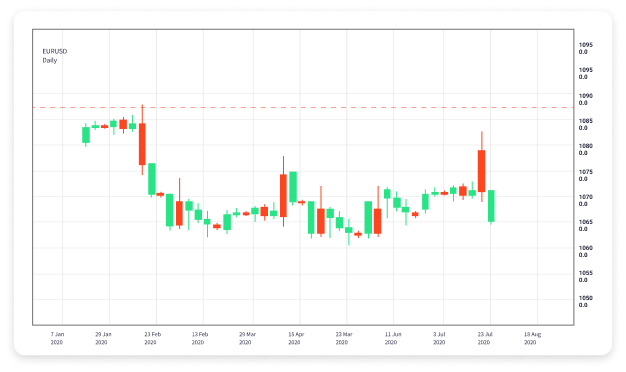
In the fast-paced world of Forex trading, the quest for profitable strategies is never-ending. One essential component that can help traders make informed decisions is the use of forex trading signals Trading Platform TH trading signals. These signals are crucial for both novice and experienced traders looking to navigate the complexities of currency trading. In this article, we will explore what Forex trading signals are, how they work, and how to leverage them for successful trading.
What Are Forex Trading Signals?
Forex trading signals are essentially trade recommendations that indicate when to buy or sell a currency pair. These signals can be generated through various methods and provide traders with key information such as entry and exit points, stop-loss, and take-profit levels. Understanding these signals can significantly enhance a trader’s ability to make profitable trades.
Types of Forex Trading Signals
There are two main types of Forex trading signals: manual and automated.
Manual Trading Signals
Manual trading signals are generated by analysts or experienced traders who analyze market trends, news, and other indicators. They provide traders with insights based on personal expertise and market knowledge. These signals can be disseminated through various channels such as email, social media, or dedicated trading signal websites.
Automated Trading Signals
On the other hand, automated trading signals are generated by trading algorithms or software. These programs use predefined criteria and mathematical models to analyze market data and produce signals. Automated signals are usually faster and can process large amounts of data without human intervention, making them attractive to traders seeking efficiency and speed.
How to Use Forex Trading Signals
Utilizing Forex trading signals effectively requires understanding how to interpret them and integrating them into your overall trading strategy. Here are some steps on how to use these signals:
1. Select a Reliable Signal Provider
The first step is choosing a trustworthy signal provider. Look for providers with a proven track record, transparent performance analysis, and positive user reviews. It’s essential to ensure that the signal provider has a comprehensive strategy and is not just offering random signals.
2. Understand the Signals
Once you’ve selected a provider, take the time to understand how they generate signals. Do they use technical analysis, fundamental analysis, or a combination of both? Knowing the methodology behind the signals can help you gain confidence in their validity.
3. Implement Risk Management
No trading strategy is complete without risk management. Before acting on signals, determine how much of your capital you are willing to risk on each trade. Set stop-loss levels to minimize potential losses and protect your trading account.
4. Monitor Performance

Keeping track of the performance of the signals you follow is crucial. Document your trades to analyze which signals led to profits and which ones resulted in losses. This review process allows you to refine your strategy over time based on real data.
The Advantages of Forex Trading Signals
Forex trading signals offer several advantages, making them popular among traders:
1. Save Time
By relying on signals, traders can save time spent on market analysis and research. This is especially beneficial for those with busy schedules or who may not have the expertise to conduct in-depth analyses themselves.
2. Enhance Decision Making
Signals provide traders with actionable insights that can lead to improved decision-making. Instead of relying solely on gut feelings, traders can use data-driven signals to inform their entries and exits.
3. Access to Professional Insights
Using trading signals often means leveraging the knowledge of experienced analysts and traders. This access to professional insight can improve a trader’s understanding of market dynamics.
The Risks of Forex Trading Signals
While there are numerous benefits, traders must also be aware of the risks associated with Forex trading signals:
1. No Guarantees
Signals are not foolproof and do not guarantee profits. Market conditions can change rapidly, and even the best signals can result in losses.
2. Dependency on External Sources
Relying too much on signals can lead to a lack of personal trading discipline and knowledge. It is crucial to use signals as part of a broader trading strategy rather than abandon personal analysis altogether.
3. Potential for Overtrading
With accessibility to numerous signals, traders might be tempted to overtrade. This can lead to increased transaction costs and emotional trading, which can be detrimental to long-term success.
Conclusion
Forex trading signals can be a powerful tool for both novice and seasoned traders. By understanding their types, methods of utilization, advantages, and risks, traders can effectively incorporate these signals into their trading strategies. Always remember to conduct your own analysis alongside signals and practice sound risk management. With the right approach, Forex trading signals can help unlock the path to more profitable trading.
